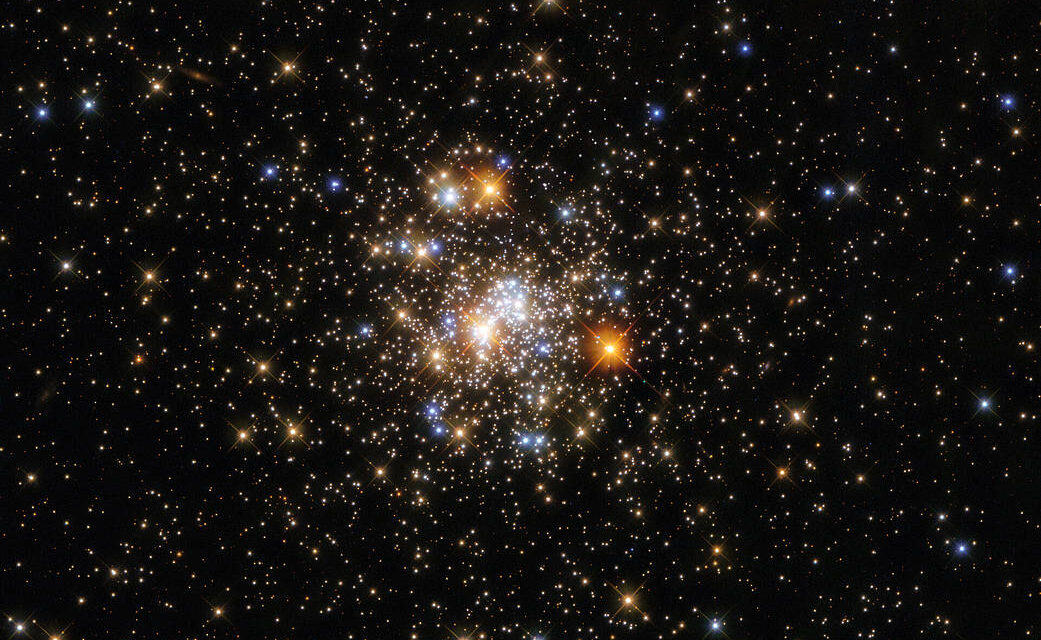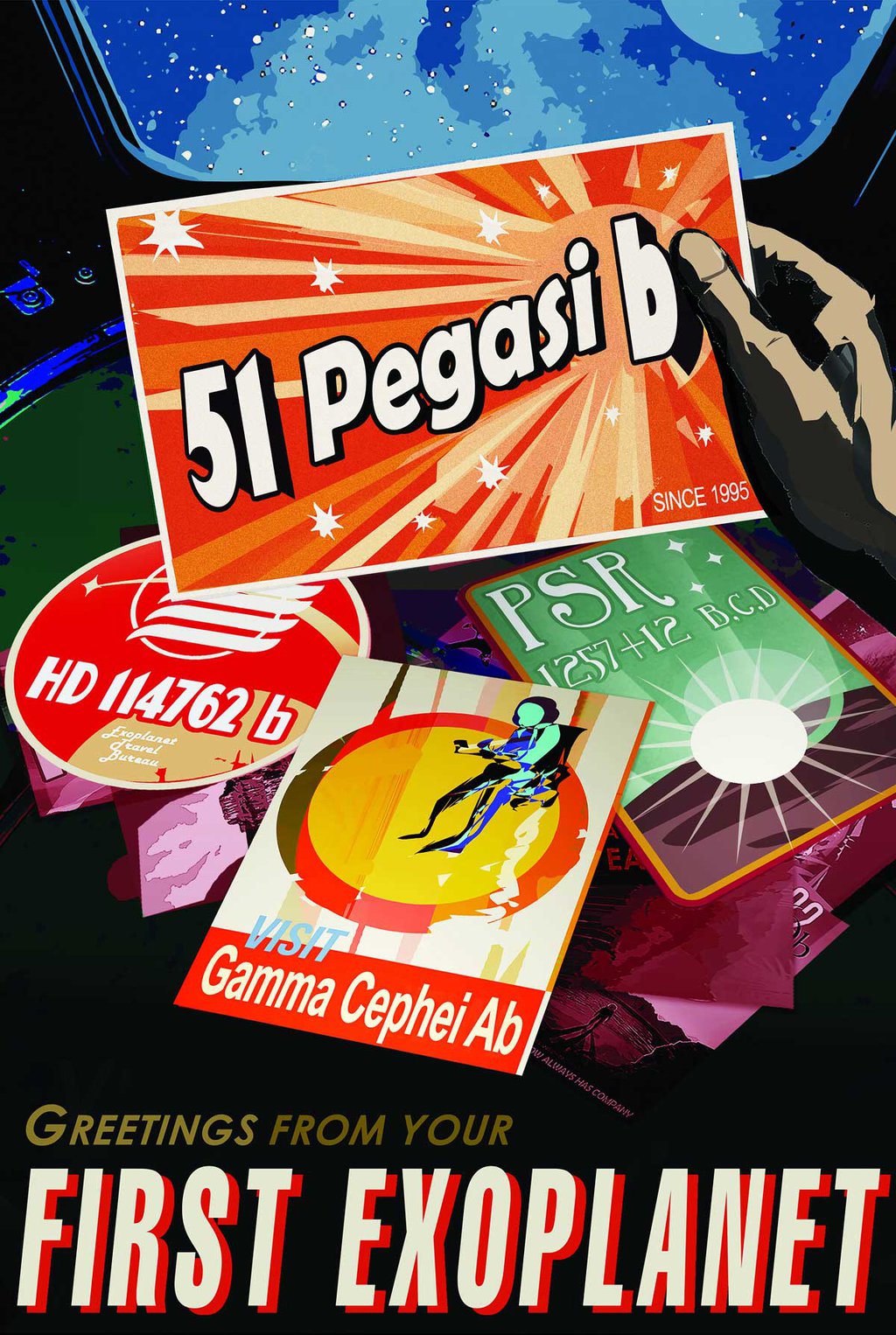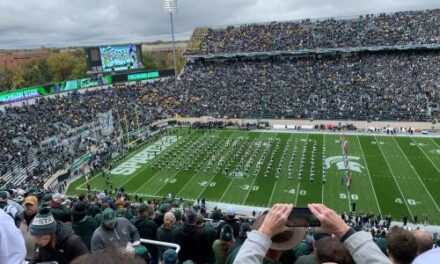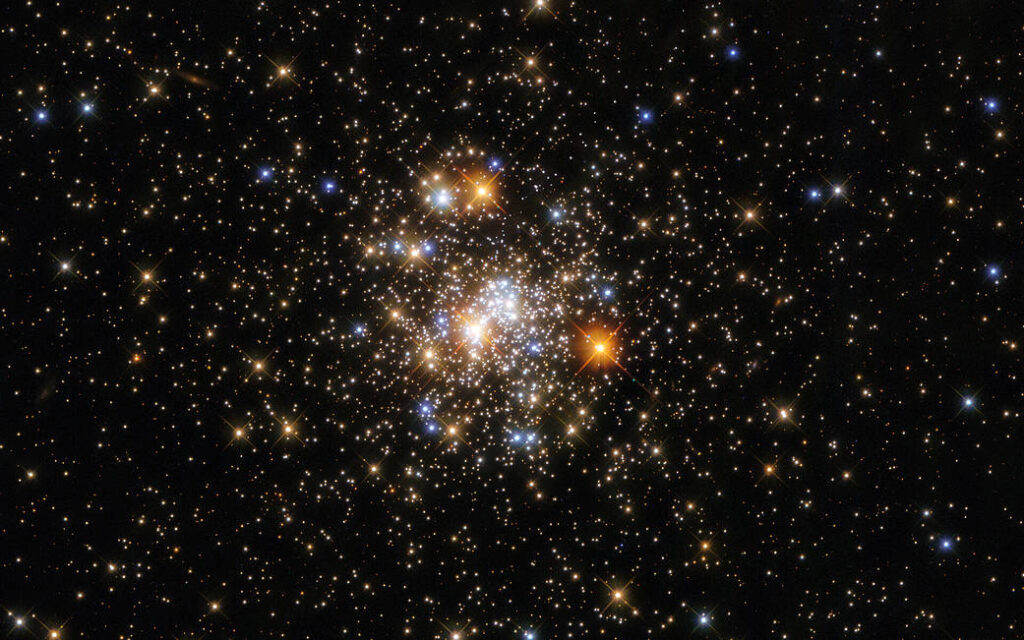
Assistant Editor Connor Yeck: For a few years in middle and high school—before my lack of scientific and mathematical ability was proven the world-over (thank you, ACT test)—I wanted to become an astronomer. And even now, I can’t say that dream has totally vanished. I still lug my telescope across the Midwest with each and every move, and tell myself I’ll break it out of storage some winter night, track the gauzy smudges of Messier objects and Jovian moons.
In fact, my love of space has been rekindled since coming to Cincinnati as a creative writer, most notably through the larger-than-life figure of Neil Armstrong, whose hometown of Wapakoneta sits just up the road (complete with his namesake museum), and who taught at the University of Cincinnati after leaving NASA in 1971.
Therefore, I can think of no better way to kick off the return of the CR blog series “What’s Poetry Got To Do With It?” than by taking a brief look at poetry’s long-running relationship with the final frontier.
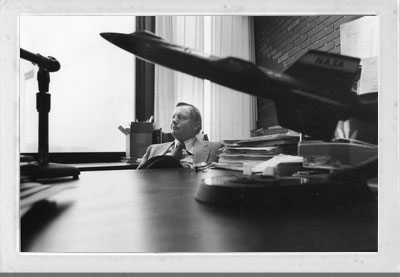
When I picture poetry’s connection to space, astronomy, and everything in between, it all goes back to a kind of yearning—the desire to infuse immense, cosmological distances with intimacy and nearness. Poetry closes the gap between readers and natural phenomena that might remain unseen or even unbelieved. In other words, it beautifies the abstract.
In his 1786 textbook An Introduction to Astronomy, mathematician Johnny Bonnycastle weaves the poetry of Dryden, Milton, and Ovid between dense chapters on Newtownian systems and lunar tides, taking care to frame his choice in the preface:
“Poetic descriptions, though they may not be strictly comfortable to the rigid principles of the Science they are meant to elucidate, generally leave a stronger impression on the mind, and are far more captivating than simple unadorned language.”
While here poetry acts as a teaching tool to help visualize the cosmos (something that pupils may have doubted, given Bonnycastle’s qualifying remarks), the mixing of science and verse is best displayed when we glimpse a poet tackling an astronomical vastness set before them. Most recognizable of all might be Walt Whitman’s “When I Heard the Learn’d Astronomer” :
When I heard the learn’d astronomer,
When the proofs, the figures, were ranged in columns before me,
When I was shown the charts and diagrams, to add, divide, and measure them,
When I sitting heard the astronomer where he lectured with much applause in the lecture-room,
How soon unaccountable I became tired and sick,
Till rising and gliding out I wander’d off by myself,
In the mystical moist night-air, and from time to time,
Look’d up in perfect silence at the stars.
From the school lesson-like repetition of “When,” to the escape from a cramped interior into an open, “mystical” night, the poem celebrates a breaking down of the distance between an individual and the natural universe. Raw science exists in its own beauty among the proofs and sums left behind, but it isn’t required to participate, see, or experience.
I’m drawn to the ways poets handle this potential gulf between art and knowledge, feelings and figures—ultimately, between the sciences and the humanities. In the tradition of Whitman, I’m reminded of Diane Ackerman, and especially her 1976 collection The Planets: A Cosmic Pastoral. Before launching into a stunning planet-by-planet exploration of the solar system, she begins with the poem “Diffraction (for Carl Sagan).” In it, the speaker grapples with gaps in their scientific knowledge:
When Carl tells me it’s Rayleigh scattering
that makes blue light, canting off moleculargrit, go slowgait through the airy jell, subdued,
and outlying mountains look swarthy, or wheatblaze tawny-rose in the 8:00 sun, how I envy
his light touch on Earth’s magnetic bridle.Knee-deep in the cosmic overwhelm, I’m stricken
by the ricochet wonder of it all . . .
The speaker highlights—almost revels in—their unknowing. They later admit “Mathematics is a language I don’t speak,” and to feeling adrift in the world, a “doting consciousness among alien forms.” Still, while others might offer precise scientific explanations, the poet chooses to double down on the power of simply witnessing:
I only know, one rural twilight, when wheat
Blazed like ambergris and a chicory sunHaggled with a black sky, for a moment
All the blues of the world scattered;My ribcage sprang open like calipers, and,
In their widening compass, nothing lacked.
Not unlike Whitman wandering off midlecture to experience the stars for himself, Ackerman leads us to a moment of awe where all that matters is the instant of experience. The phenomena of light and air remains nameless, and in turn, becomes all the more rapturous and otherworldly—a pleasure to be found in the “cosmic overwhelm.”
These are just a few, fleeting examples of poetry’s love affair with space. Poets will always look skyward and find newer, stranger ways to explore. Poems that marvel at humanity’s technological undertakings, as in John Updike’s “An Open Letter to Voyager II”:
When you next brush a star, the human race
Will be a layer of old sediment . . .
But you, your frail
Insectoid form, will skim the sparking vale
of the void practically forever.
Or, in the case of Tracy K. Smith’s “My God, It’s Full Of Stars,” poems that reach for the grandest, astronomical query of them all: Who else is out there?
Perhaps the great error is believing we’re alone,
That the others have come and gone—a momentary blip—
When all along, space might be choc-full of traffic,
Bursting at the seams with energy we neither feel
Nor see, flush against us, living, dying, deciding . . .*
No matter the subject, in each “space poem” I sense that same sort of yearning, wanting, needing. The push to better visualize the universe, to understand its rhythms, and to orient ourselves in a cosmological landscape that defies a sense of scale. Some works situate themselves deep in physical science and scientific history, while others choose a more mystic sense of connection.
In the end, they all reach to capture the unmistakable intimacy of stargazing in an empty field, that one-to-one connection with what sits above. The poet looks up, and whatever catches their eye—a story, an object, an unanswered question—there is the poem, and only they can write it.
* Both these poems and so many like them can be found in Beyond Earth’s Edge:The Poetry of Spaceflight (University of Arizona Press, 2020), a stunning and now favorite anthology recommended to me by CR Managing Editor (and spaceflight enthusiast) Lisa Ampleman.

